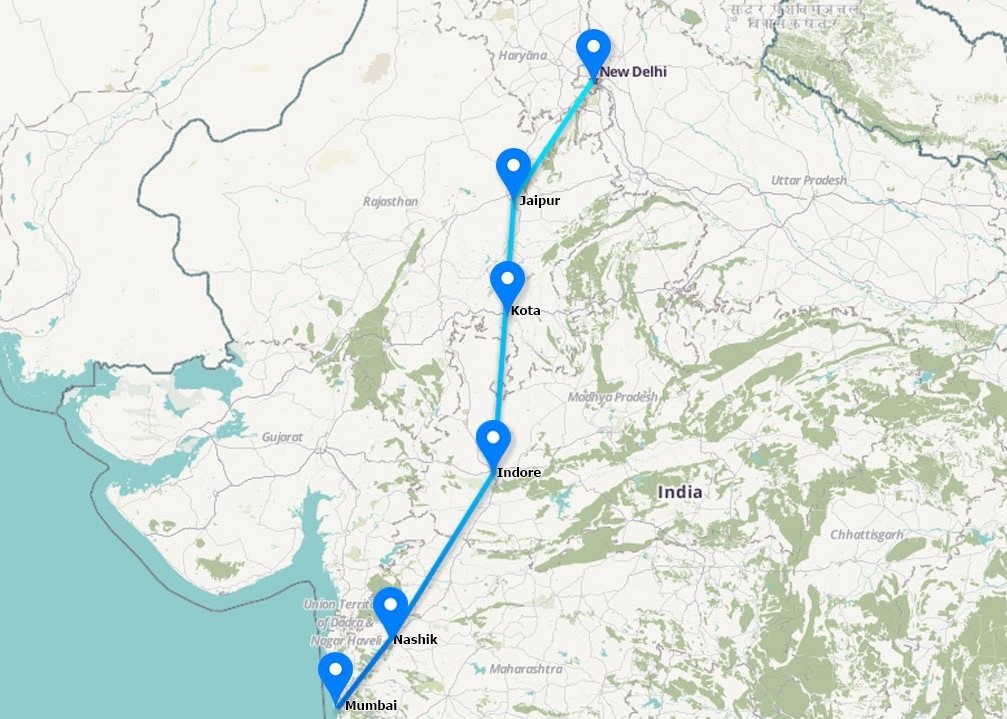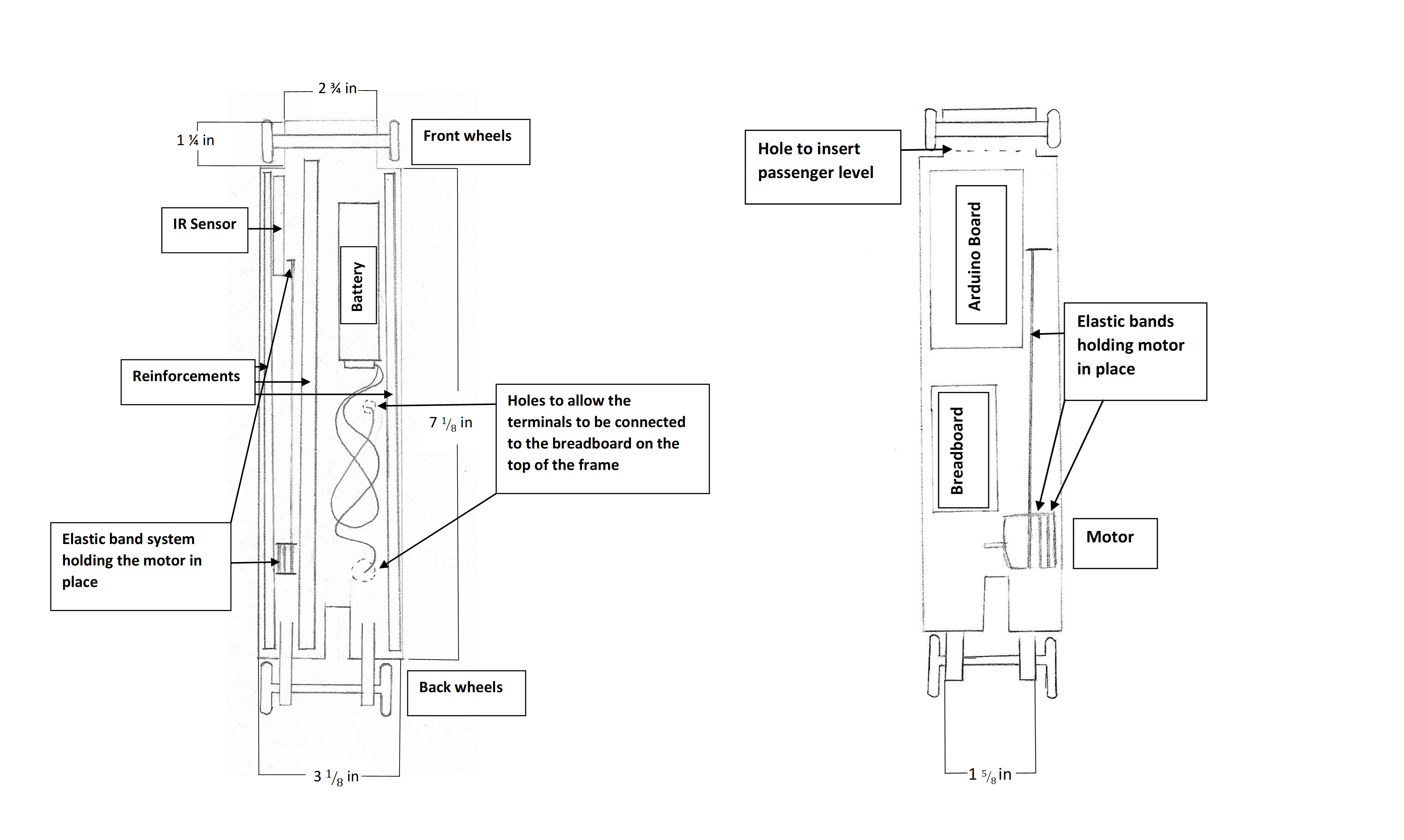
Background
A semester long project completed with the help of three team members. There are two parts to this project: to determine the ideal route for a hyperloop anywhere in the world based on what we deemed to be important factors; to build a small, working model with a motor as the only given component. This project developed my abilities in problem scoping, decision making and idea generation, as well as tested my knowledge of engineering codes and regulations. We also considered the economic, societal and environmental impacts of our proposed final project.
Click here to view a pdf of the final report.
The Project
The route between New Delhi and Mumbai was chosen as the location for the Hyperloop, given that it fits all the requirements and constraints prescribed by QLoop, as well as those given by SpaceX and identified by the team.
With 130 daily flights between Mumbai and New Delhi, and 23 million train users in the country everyday (refer to final report pdf link above for sources), the densely populated centres ensure that there will be a high demand for the transportation system. Furthermore, this energy efficient transportation alternative could significantly decrease India’s carbon footprint and improve air quality. The project is predicted to generate a financial return within 15 years, with resource life at 50 years, therefore generating USD$11.2 billion before materials need to be replaced. On top of this, modelling has shown that social and environmental benefits could save India up to USD$430 billion. All of these calculations are justified in the linked final report above.
Although there are disadvantages to this project, like the potential increase in disparities between rural and urban areas, as well as destruction to the environment, these disadvantages are minute in comparison to the potential benefits. Benefits of the Hyperloop include better air quality, an increase in employment opportunity, and substantial growth. These factors improve overall quality of life and suggest that the Mumbai to New Delhi route is a viable location for a Hyperloop.
For the second portion of the project, a hyperloop model was created. The model can be described using three different categories: the propulsion, levitation, and chassis systems. For propulsion, a belt system comprised of a rubber band connecting the motor shaft to the rear axle was used, which turned the rear wheels, and propelled the vehicle. Next, the levitation used was a wheel-based model. This was a simple system that relied on two axles and three wheels to “levitate” (was initially going to use magnets but didn’t have any powerful enough). Finally, the chassis system consisted primarily of a thin cardboard base with another cardboard platform for the second tier. The overall shell of the vehicle was constructed from recycled plastic to imitate the ideal aerodynamic shape of the Hyperloop. The image below details what the model looked like.
